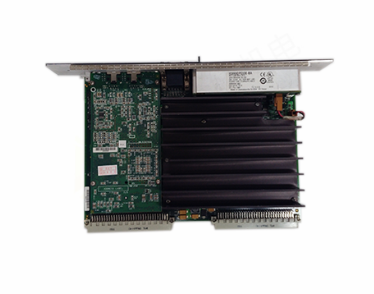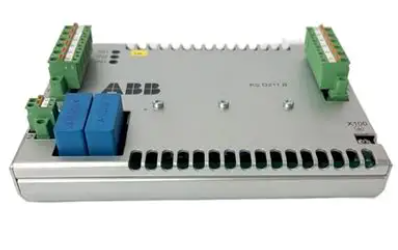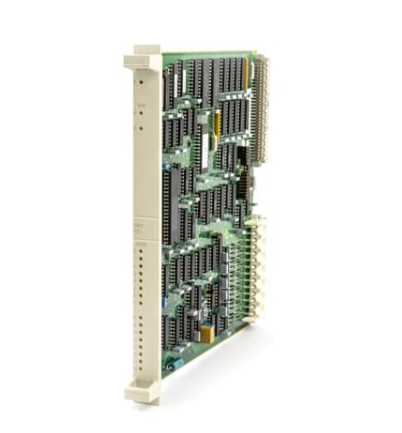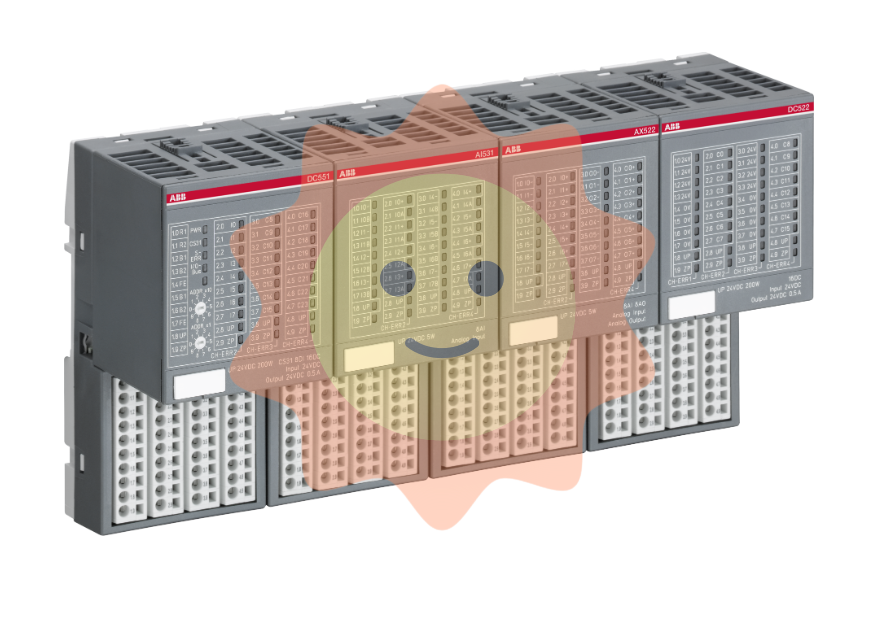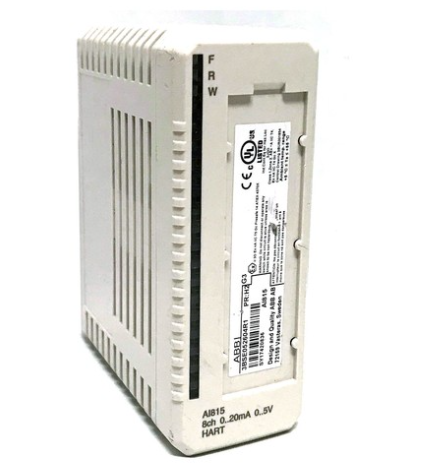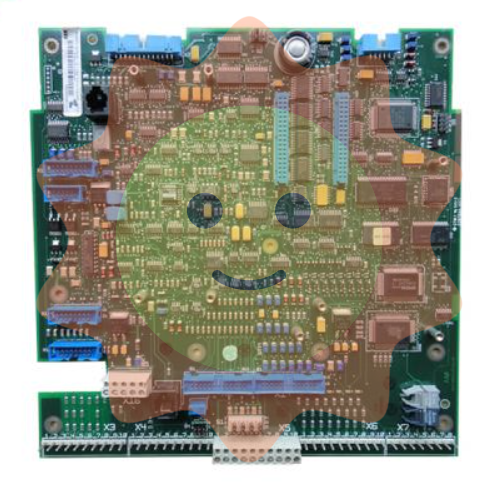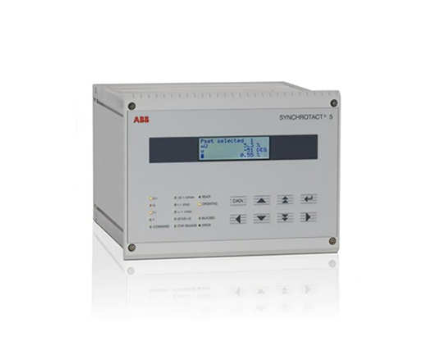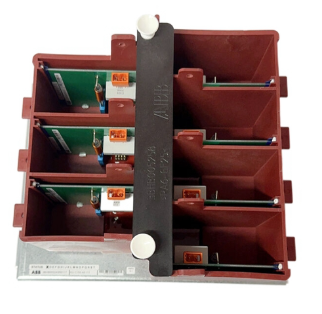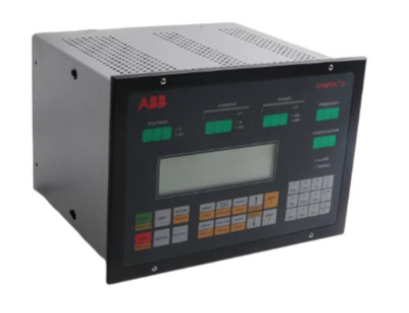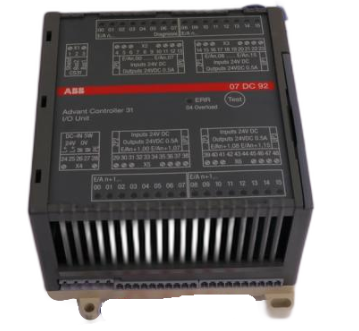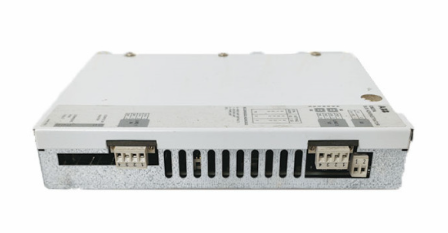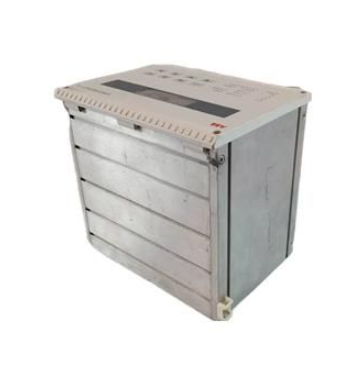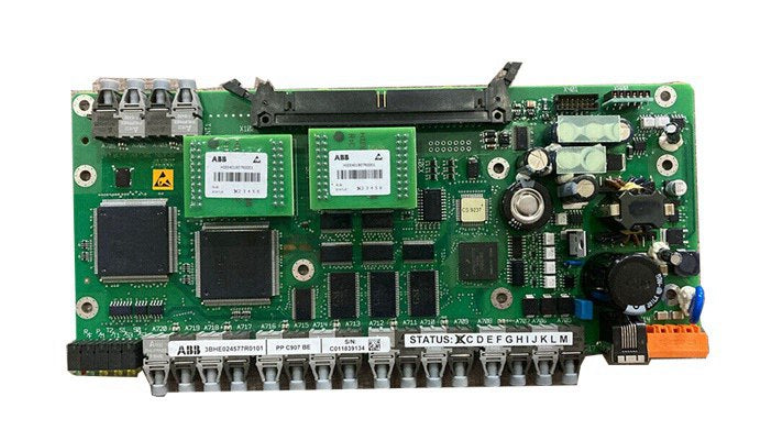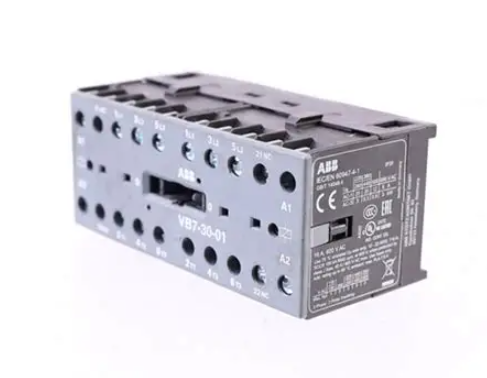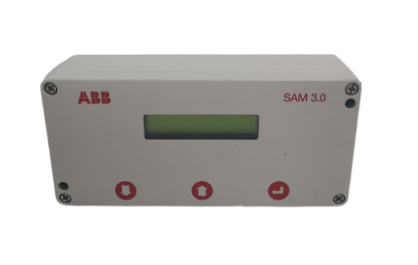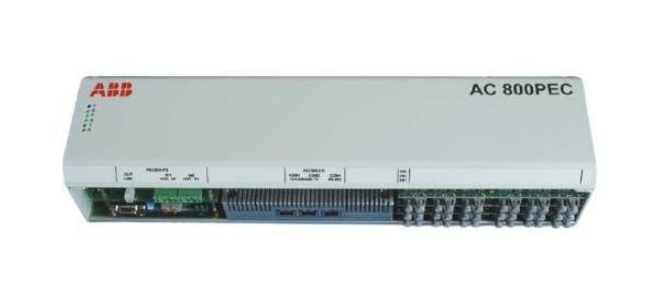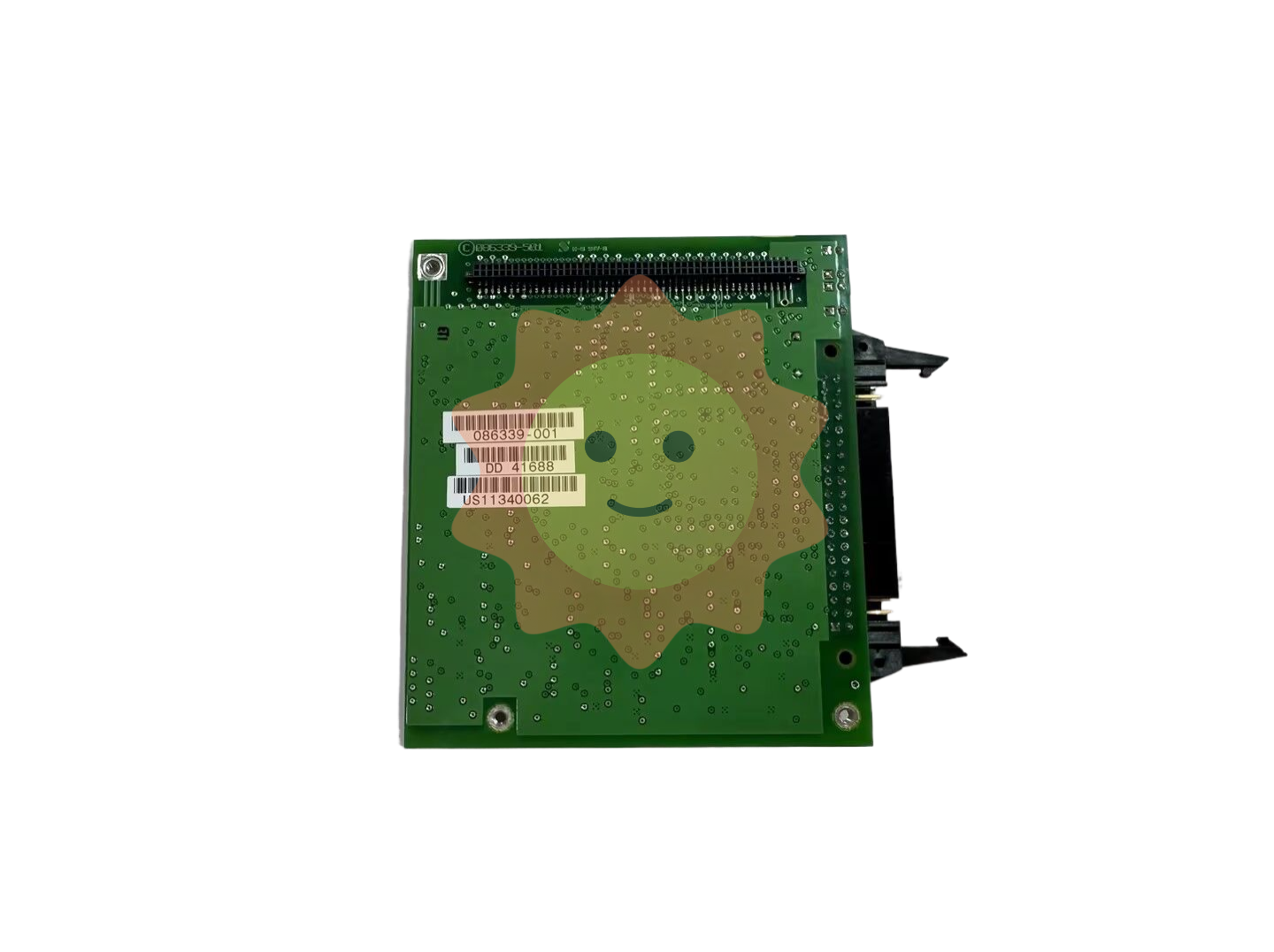ABB TK457V050 Industrial Temperature Controller
ABB TK457V050 Industrial Temperature Controller
Product Overview
The ABB TK457V050 industrial temperature controller is a high-precision temperature control device designed specifically for industrial environments. It is like a "temperature manager" in the industrial production process, relying on excellent performance to ensure stable operation of various industrial equipment under suitable temperature conditions, playing a key role in ensuring product quality and improving production efficiency. The controller has a compact appearance design, and the shell is made of sturdy and durable materials, which can effectively resist mechanical impact, dust, and moisture erosion in industrial environments, ensuring the safety of internal electronic components and extending the product's service life. In terms of interface design, it is equipped with rich and practical interfaces, including analog input/output interfaces, digital communication interfaces, etc., which facilitate fast and stable connection and data exchange with various sensors, actuators, and upper control systems, and easily integrate into complex industrial automation control system architectures.
Specification parameters
Electrical parameters
Working voltage: It can adapt to AC power ranging from 100-240V, and this wide voltage adaptation range enables it to work normally in standard mains environments in most parts of the world. Whether in industrial power areas with frequent voltage fluctuations or relatively stable commercial power scenarios, it can ensure stable operation and provide reliable power supply guarantee for the controlled industrial equipment.
Temperature measurement range: It can accurately measure the temperature range of -50 ℃ to+250 ℃, meeting the monitoring needs of different temperature ranges in various industrial production processes. For example, in the freezing process of the food processing industry, precise monitoring of low-temperature environments can be achieved; In high-temperature operation scenarios such as metal smelting, accurate high-temperature data can also be obtained, providing reliable basis for temperature control.
Control accuracy: It has extremely high temperature control accuracy, up to ± 0.1 ℃. Such high precision can ensure that the temperature of industrial equipment is always maintained near the set value, effectively reducing the impact of temperature fluctuations on product quality. It is of great significance for production processes with strict temperature requirements, such as electronic chip manufacturing, high-end pharmaceuticals, and other industries.
Physical parameters
Size specifications: The overall size has been carefully designed, for example, it may be 120mm long, 80mm wide, and 60mm high (specific dimensions depend on the actual product). This compact design allows it to be flexibly adapted to installation positions such as control cabinets and equipment interiors with limited space, without occupying too much valuable space resources, making it convenient for industrial users to layout and install equipment.
Protection level: The protection level reaches IP54, which means it can effectively prevent dust and water splashes. In dusty industrial workshops or production environments where there may be a risk of water splashing, it can operate reliably, avoid internal circuit short circuits or damage caused by dust or water intrusion, ensure the normal operation of equipment, and reduce equipment failure rates.
Core functions
Accurate temperature control: Based on preset temperature values and real-time feedback signals from temperature sensors, advanced control algorithms are used to precisely regulate heating or cooling equipment. For example, in the plastic injection molding process, the mold temperature can be precisely controlled to shape the plastic at the optimal temperature, improving the dimensional accuracy and surface quality of plastic products; In the process of chemical reactions, ensure that the temperature inside the reaction vessel is stable within the precise range required for the reaction, ensuring the smooth progress of the chemical reaction and the stability of product quality.
Alarm and fault diagnosis: Equipped with comprehensive alarm functions, when the temperature exceeds the preset safe range or equipment malfunctions, it can immediately emit sound and light alarm signals to remind operators to take timely measures. At the same time, it is equipped with an advanced fault diagnosis system that can monitor and analyze the real-time operation status of itself and connected devices, quickly locate the fault point, and output detailed fault information through the display screen or communication interface, providing powerful troubleshooting basis for equipment maintenance personnel, shortening equipment downtime, and reducing production losses.
Data recording and communication: It can record temperature data in real time, and the storage capacity can be expanded according to user needs, making it convenient for users to query historical temperature curves, analyze temperature change trends during the production process, and provide data support for production process optimization. Supports multiple communication protocols, such as Modbus, Profibus, etc., and can seamlessly connect with control systems such as upper computers and PLCs to achieve remote monitoring and control. It facilitates centralized management and remote operation of temperature in the production site by operators in the central control room, improving the convenience and intelligence level of production management.
Precautions
Installation environment: It should be installed in a dry, ventilated, and non corrosive gas environment, avoiding direct sunlight and high temperature environments. The installation location should be far away from strong electromagnetic interference sources, such as large motors, transformers, etc., to prevent electromagnetic interference from affecting the normal operation of the controller. At the same time, it is necessary to ensure that the installation location has good seismic performance to avoid internal components becoming loose or damaged due to vibration.
Wiring operation: When performing wiring operations, be sure to cut off the power first to ensure safe operation. Strictly follow the wiring diagram in the product manual to ensure secure and correct wiring, and avoid problems such as short circuits and open circuits. Special attention should be paid to the polarity of the wiring between the temperature sensor and actuator to ensure proper connection, otherwise it may result in inaccurate measurements or equipment malfunction. After the wiring is completed, carefully check whether the wiring is correct and error free. Only after confirming that there are no errors can the power be turned on for testing.
Parameter setting and maintenance: Before use, it is necessary to set the various parameters of the temperature controller reasonably according to the actual application scenario and equipment requirements, such as temperature setting value, control accuracy, alarm threshold, etc. Regularly inspect and maintain the controller, including cleaning the casing, checking for loose wiring, and checking the measurement accuracy of the temperature sensor. At the same time, pay attention to the software upgrade information officially released by ABB, and promptly upgrade the software of the controller to obtain the latest functions and performance optimizations.
Fault handling: If the controller malfunctions, the fault type should be preliminarily determined based on the alarm information and fault indicator light. When troubleshooting, follow the principle of easy first and then difficult, check whether the power connection and wiring are loose, whether the temperature sensor is damaged, and whether the actuator is working properly. If the fault cannot be resolved by oneself, ABB professional technical support personnel should be contacted in a timely manner to avoid blindly disassembling the controller and causing the fault to expand. After troubleshooting, the controller should be thoroughly tested to ensure that it returns to normal working condition before being put into use.
Model Supplement
ABB 81EU01E-E
ABB DSPC454
ABB DSDX453
ABB PDD205A1121
ABB PDD205A0121
ABB UCD224A103
ABB GDD471A001
ABB PFEA113-20
ABB UAD149
ABB UAD149A0011
- EMERSON
- Honeywell
- CTI
- Rolls-Royce
- General Electric
- Woodward
- Yaskawa
- xYCOM
- Motorola
- Siemens
- Rockwell
- ABB
- B&R
- HIMA
- Construction site
- electricity
- Automobile market
- PLC
- DCS
- Motor drivers
- VSD
- Implications
- cement
- CO2
- CEM
- methane
- Artificial intelligence
- Titanic
- Solar energy
- Hydrogen fuel cell
- Hydrogen and fuel cells
- Hydrogen and oxygen fuel cells
- tyre
- Chemical fiber
- dynamo
- corpuscle
- Pulp and paper
- printing
- fossil
- FANUC
- Food and beverage
- Life science
- Sewage treatment
- Personal care
- electricity
- boats
- infrastructure
- Automobile industry
- metallurgy
- Nuclear power generation
- Geothermal power generation
- Water and wastewater
- Infrastructure construction
- Mine hazard
- steel
- papermaking
- Natural gas industry
- Infrastructure construction
- Power and energy
- Rubber and plastic
- Renewable energy
- pharmacy
- mining
- Plastic industry
- Schneider
- Kongsberg
- NI
- Wind energy
- International petroleum
- International new energy network
- gas
- WATLOW
- ProSoft
- SEW
- wind
- ADVANCED
- Reliance
- YOKOGAWA
- TRICONEX
- FOXBORO
- METSO
- MAN
- Advantest
- ADVANCED
- ALSTOM
- Control Wave
- AB
- AMAT
- STUDER
- KONGSBERG
- MOTOROLA
- DANAHER MOTION
- Bently
- Galil
- EATON
- MOLEX
- Triconex
- DEIF
- B&W
- ZYGO
- Aerotech
- DANFOSS
- KOLLMORGEN
- Beijer
- Endress+Hauser
- MOOG
- KB
- Moxa
- Rexroth


Email:wang@kongjiangauto.com

